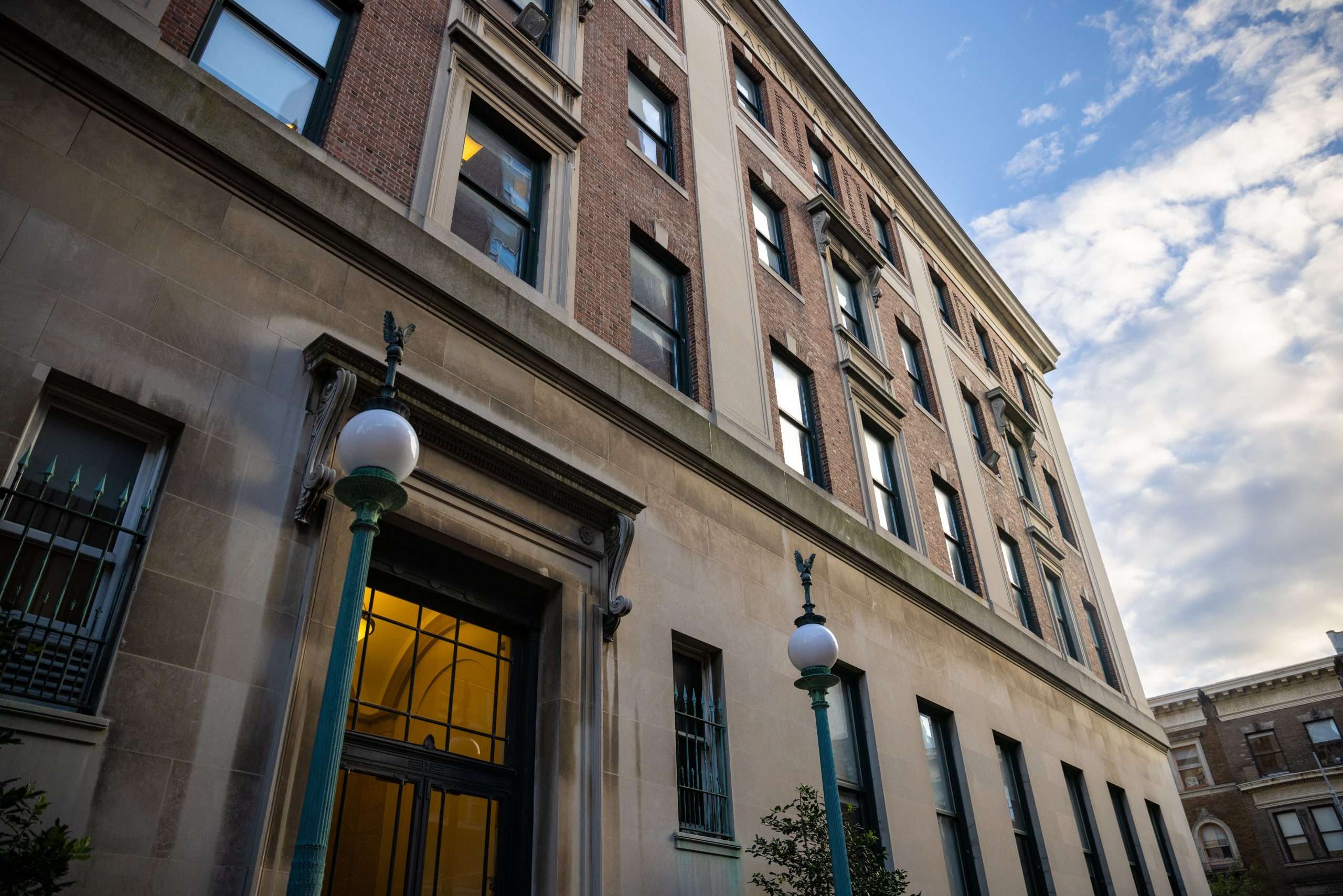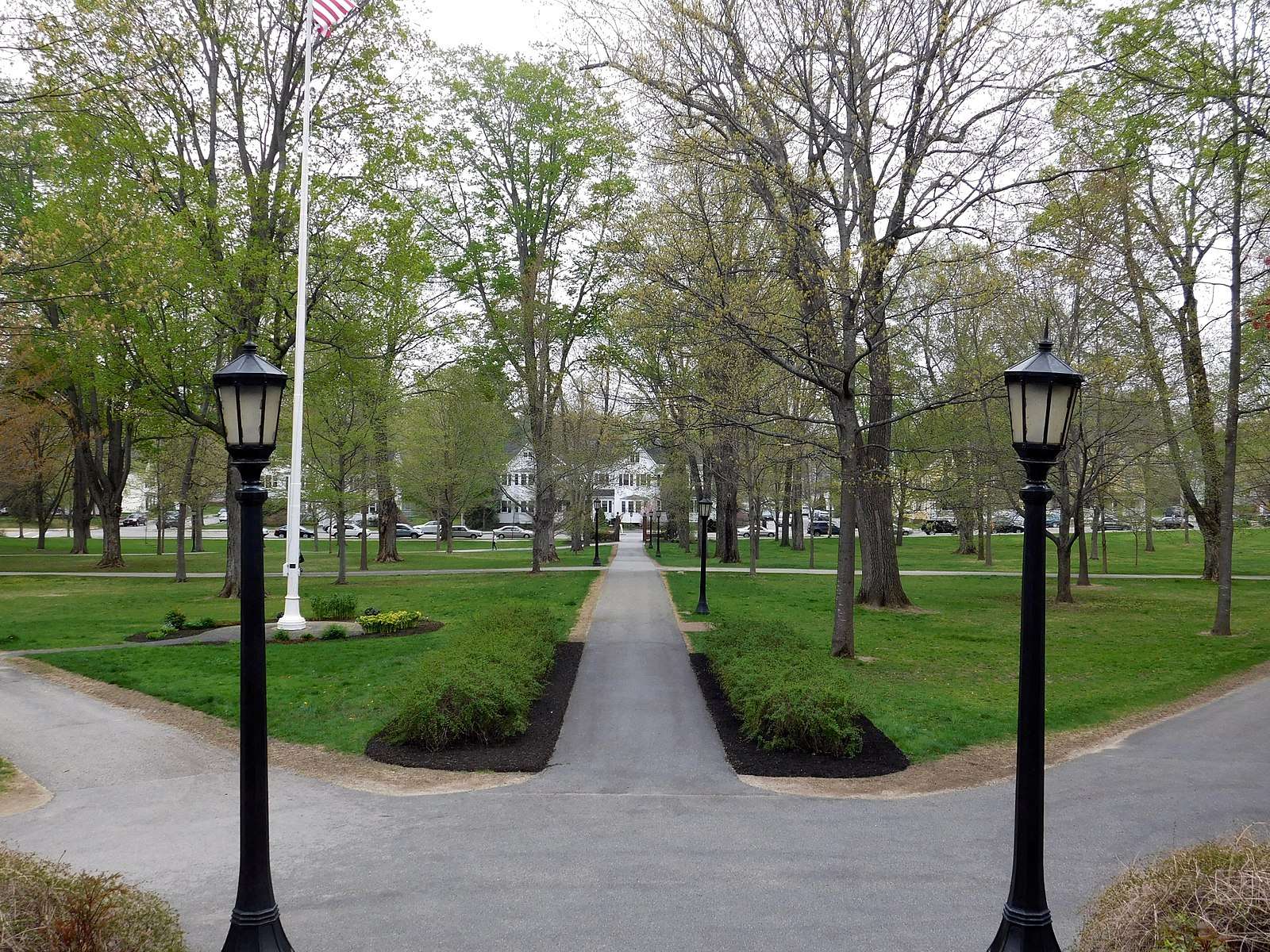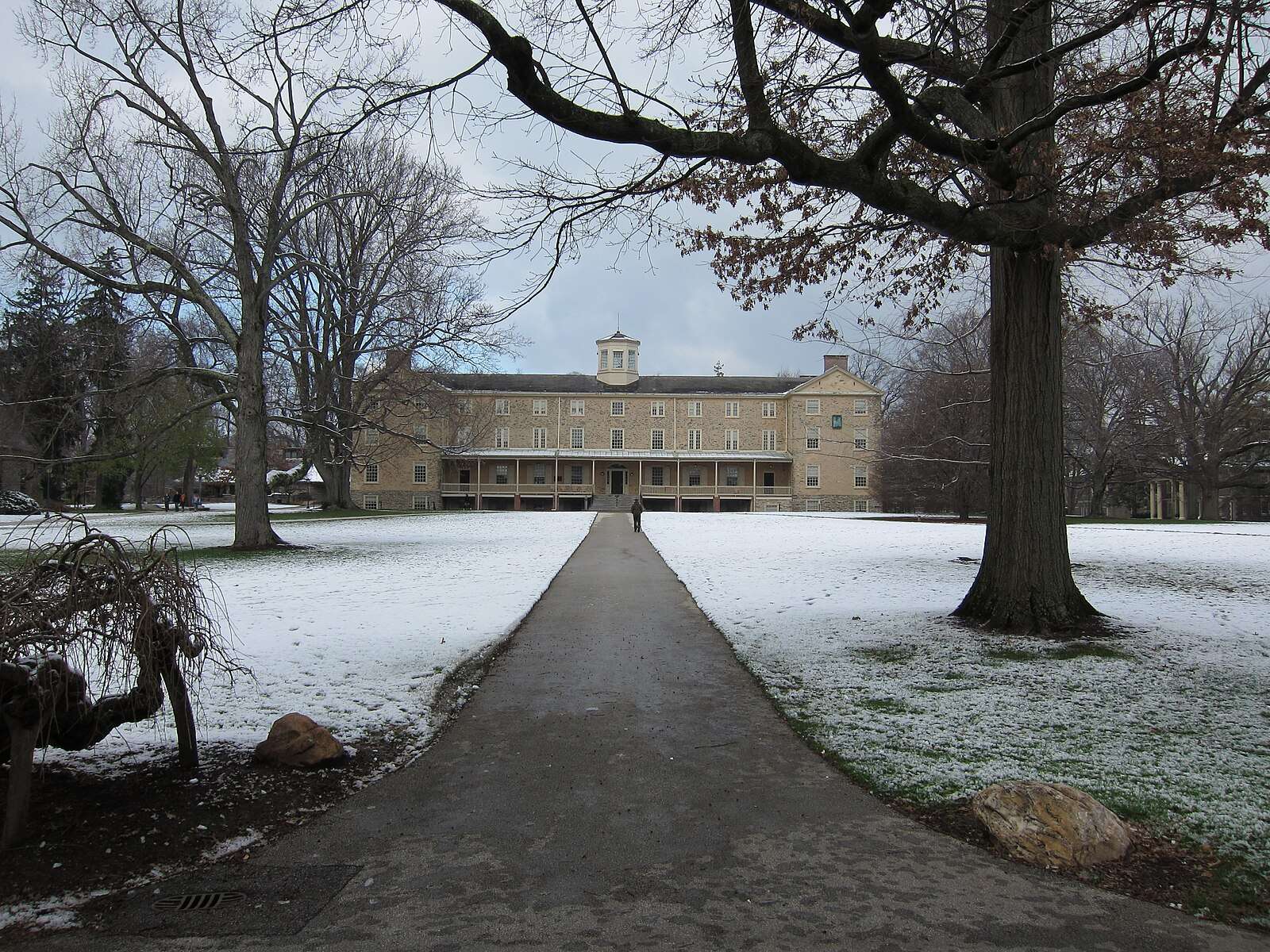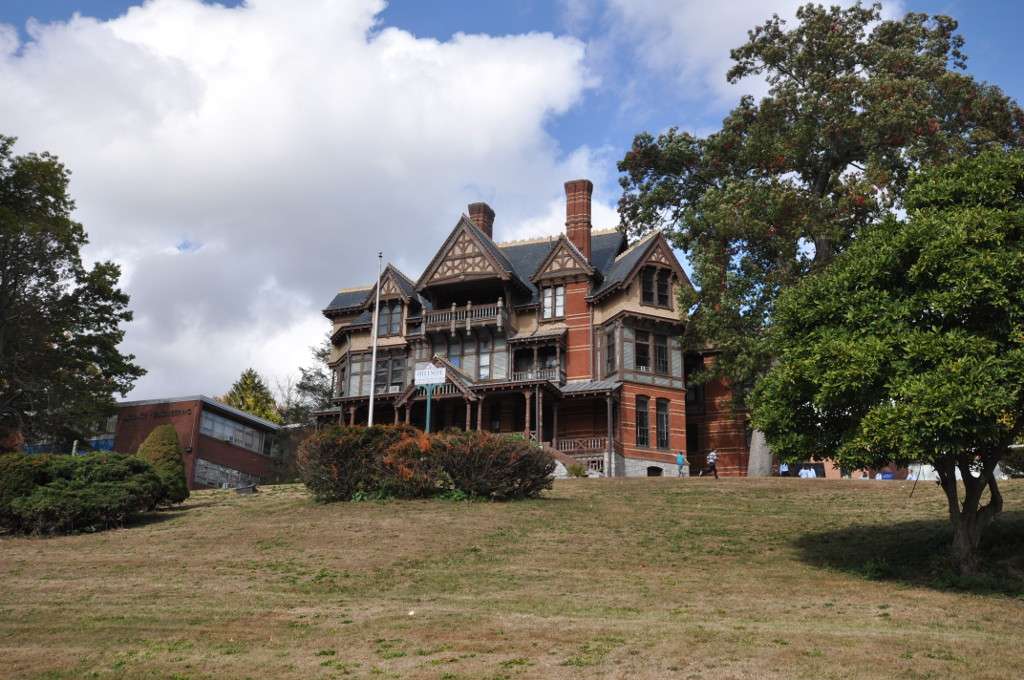The Ivy Coach Daily
What Was the SAT Adversity Score?

When The College Board announced the creation of an SAT Adversity Score, we declared on the pages of our college admissions blog and in the press that it would be eliminated in short order. Within a few months, the short-lived SAT Adversity Score was no more as The College Board bowed to its critics who poked holes in their plan. Nonetheless, The Wall Street Journal has since obtained The College Board school Adversity Scores, ranking high schools from 1 to 100 in terms of adversity. College Board then brought these scores to a Georgetown data scientist who adjusted the average SAT scores of high schools nationwide based on this SAT Adversity Score. So what did the Georgetown data scientist find?
More than Half of High Schools with Highest Unadjusted Average SAT Scores are Private
As Doug Belkin reports for The Wall Street Journal in a piece entitled “What Happens if SAT Scores Consider Adversity? Find Your School,” “More than half of the 50 high schools with the highest unadjusted SAT scores are private. Top public magnet schools performed exceptionally well in adjusted SAT scores, meaning their scores jump when adversity is accounted for. Of the 10% of high schools with the highest SAT scores, a total of 1,035, just 64 had an adversity score of 50 or higher on the College Board’s scale. Some of the poorest schools punched well above their weight while some of the wealthiest performed poorly. At the nation’s wealthiest high school, students score an average of 441 points higher on the SAT than students at the poorest high schools.”
How Adversity Adjustments Impacted Elite High School SAT Scores
So, we know you’re wondering how specific high schools performed in this analysis. Well, wonder no more. Allow us, if you will, to cherry-pick some examples from The Wall Street Journal report.
| High School | Median SAT Score | Median SAT Score Adjusted for Adversity |
| Thomas Jefferson High School for Science and Technology | 1520 | 1262 |
| Collegiate School | 1530 | 1362 |
| Sidwell Friends School | 1480 | 1228 |
| Horace Mann School | 1480 | 1317 |
| Stuyvesant High School | 1480 | 1450 |
| Saint Albans | 1460 | 1212 |
| Trinity School | 1520 | 1353 |
| National Cathedral School | 1430 | 1187 |
| Harvard-Westlake School | 1475 | 1224 |
| Phillips Exeter Academy | 1450 | 1349 |
| Choate Rosemary Hall | 1390 | 1321 |
| Deerfield Academy | 1390 | 1293 |
We trust you’re finding the pattern.
These Adjusted SAT Scores Were Entirely Predictable
As our readers know, The SAT Adversity Score was created as a marketing ploy by The College Board to gain market share over its chief competitor, ACT, Inc. Throughout the SAT’s long history, The College Board has essentially argued that the SAT is an exam that students — irrespective of their race, socioeconomic background, geography, or school — could succeed on. Of course, adjusting SAT scores based on adversity defied the foundation of this argument. And it’s no surprise that students from top private schools whose parents can afford great SAT tutoring do well on the SAT — and their scores would decrease when adjusted for adversity. It’s also no surprise that top magnet schools see higher SAT scores when adjusted for adversity. Or that some schools punched above their weight while others underperformed.
The SAT as We Know It is Here to Stay
With the SAT Adversity Score in our rearview, it’s still worth remembering how standardized test performance strongly correlates to socioeconomic status—but then again, so does admission to a highly selective school. In the wake of the downfall of Affirmative Action, the enduring significance of standardized testing despite what “test-optional” policies may have you believe, and the unprecedentedly competitive nature of recent admissions cycles, which have seen record numbers of applications and historically low acceptance rates, no one should be under the illusion that college admissions is free from social forces. For better or for worse, the doomed fate of the SAT Adversity Score is a sobering reminder of how difficult it is to find an effective way to address the inequities of elite college admissions.
However, it’s worth remembering that the SAT is effective at what it does. As a 2024 New York Times report states, “Research has increasingly shown that standardized test scores contain real information, helping to predict college grades, chances of graduation and post-college success.” So, maybe the SAT is worth protecting after all!
You are permitted to use www.ivycoach.com (including the content of the Blog) for your personal, non-commercial use only. You must not copy, download, print, or otherwise distribute the content on our site without the prior written consent of Ivy Coach, Inc.
TOWARD THE CONQUEST OF ADMISSION
If you’re interested in Ivy Coach’s college counseling, fill out our complimentary consultation form and we’ll be in touch.
Get Started




